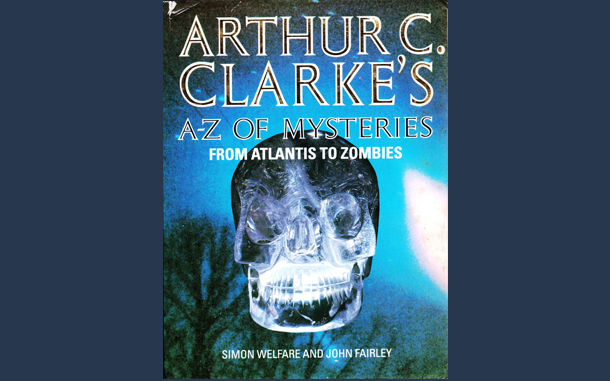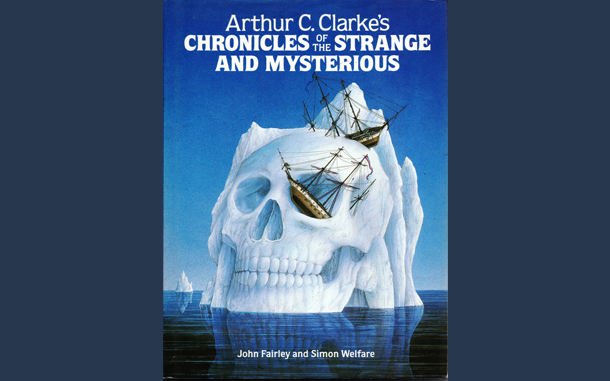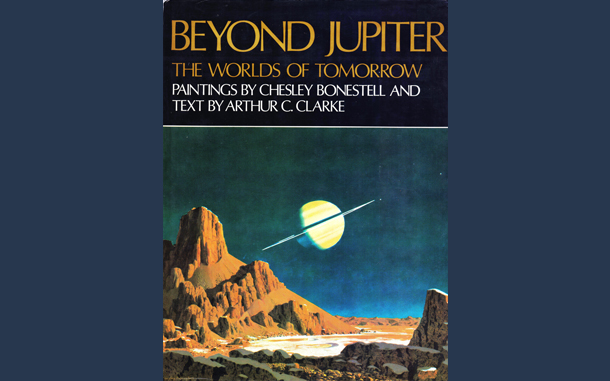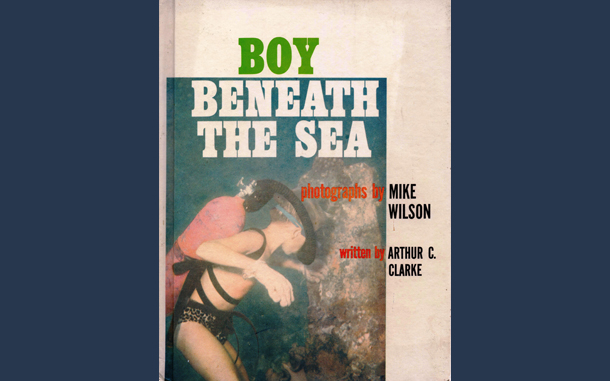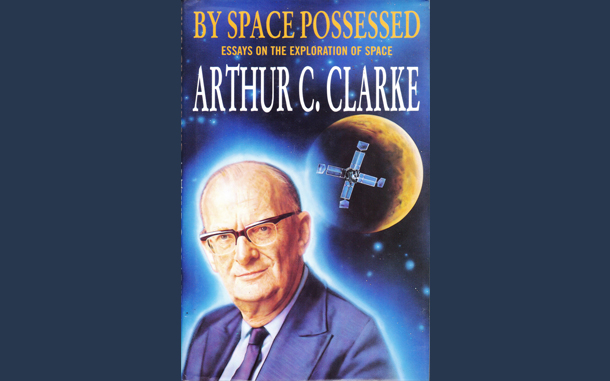Arthur C Clarke's
Non Fiction
This is a list of Arthur C Clarke’s non-fiction works that have appeared in book form. It includes collaborations (with co-author names given). These books cover all his areas of interest and expertise: space travel, telecommunications, undersea exploration, probing the mysterious and paranormal, and extrapolating on humanity’s future.
The list does not include hundreds of essays, book reviews and other stand-alone pieces of writing he has contributed to dozens of publications. A useful, albeit incomplete listing of such work is found in Arthur C. Clarke: A Primary and Secondary Bibliography by David N. Samuelson (G K Hall, 1984).
Many of these titles are still in print, some having run into multiple editions and reprints. Please check online or with book sellers for availability.

